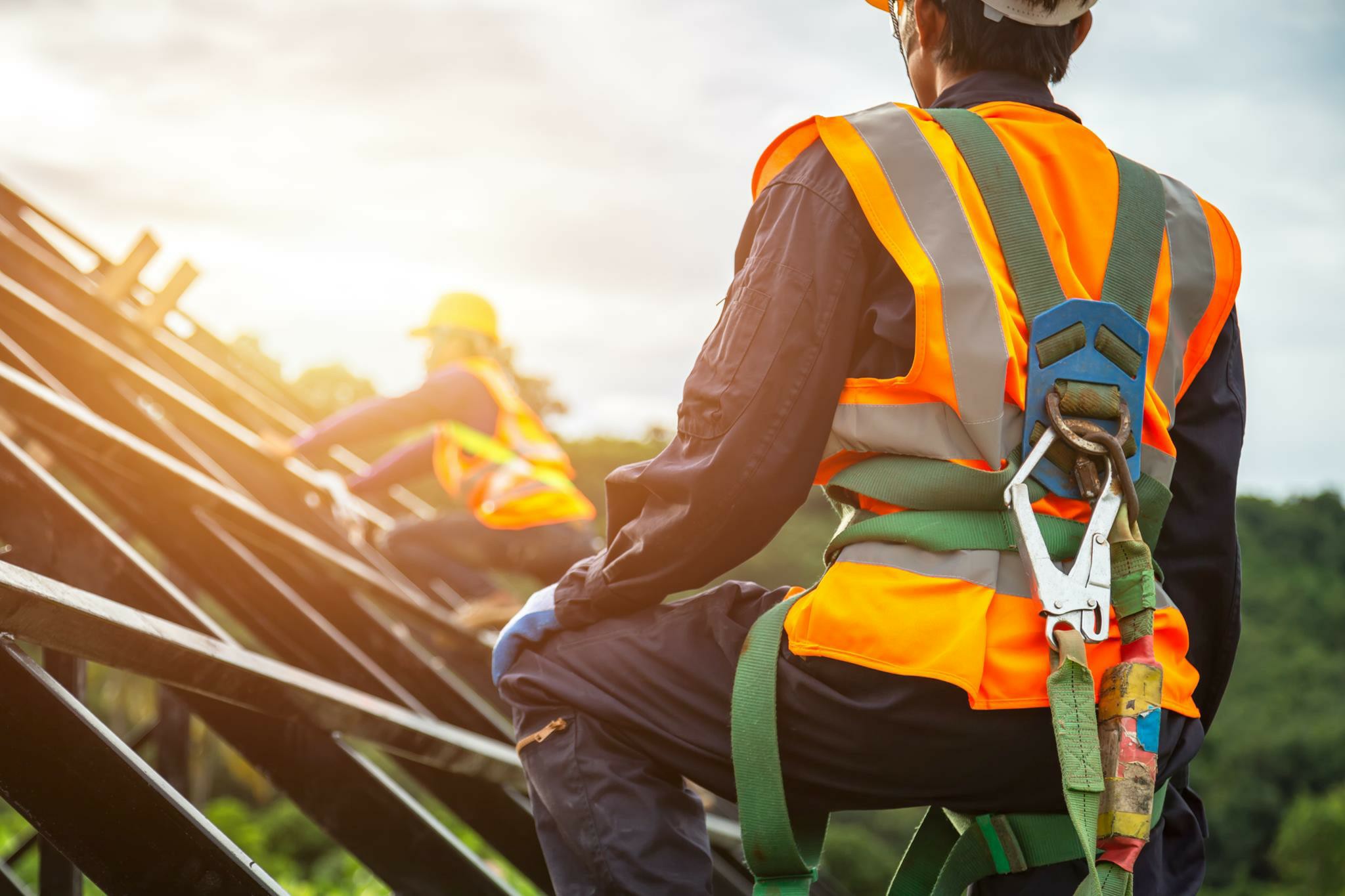The Essential Compliance Checklist for Businesses Allowing Work at Heights
In today’s fast-paced work environment, safety should never be compromised. For companies allowing employees to work at heights, strict compliance with safety regulations is not only a legal requirement but also a moral obligation. This blog will provide you with a comprehensive checklist to ensure your workplace adheres to the necessary safety protocols, preventing accidents and avoiding potential penalties.
Understanding the Risks of Working at Heights
Working at heights poses numerous risks, including falls, injuries, and even fatalities. Therefore, having a robust compliance checklist is crucial.
Key Compliance Checklist for Working at Heights
- Risk Assessment
- Conduct a detailed risk assessment to identify potential hazards associated with working at heights.
- Evaluate the impact of these risks on employee safety and outline safety measures to mitigate them.
- Personal Protective Equipment (PPE) Checks
- Ensure all employees have access to the appropriate PPE for working at heights, including helmets, harnesses, and non-slip footwear.
- Regularly inspect and maintain PPE to ensure it remains in good condition.
- Training and Certification
- Verify that all employees have completed a certified Working at Heights training course.
- Ensure employees hold valid Working at Heights certification before commencing work.
- Encourage refresher courses to keep knowledge current and skills sharp.
- Safety Procedures and Protocols
- Develop and communicate clear safety procedures for working at heights.
- Include emergency procedures in case of accidents or equipment failure.
- Documentation and Record Keeping
- Keep detailed records of risk assessments, safety procedures, and training certifications.
- Ensure all safety documentation is accessible and regularly updated.
- Regular Audits and Inspections
- Conduct routine audits to ensure compliance with safety standards and regulations.
- Implement corrective actions for any identified deficiencies.
Industry Best Practices to Enhance Safety
Beyond mere compliance, adopting industry best practices can further elevate safety standards:
- Utilize guardrails and other fall protection measures as first-line defenses.
- Provide ongoing training and workshops to raise awareness about safety among employees.
- Promote a culture of safety within the organization, encouraging employees to report unsafe conditions.
Conclusion: Take Action Now to Ensure Safety Compliance
By following this essential compliance checklist and promoting best practices, businesses can create a safer environment for employees working at heights. Remember, investing in certified Working at Heights training is not just a requirement but a pathway towards fostering a culture of safety. For any queries or to learn more about our Working at Heights safety course, you can contact us at [email protected].



 349,500 Offered Certificates
349,500 Offered Certificates
 24/7 Online Training
24/7 Online Training
 Money Back Guarantee
Money Back Guarantee
 Fully Accredited Courses
Fully Accredited Courses
